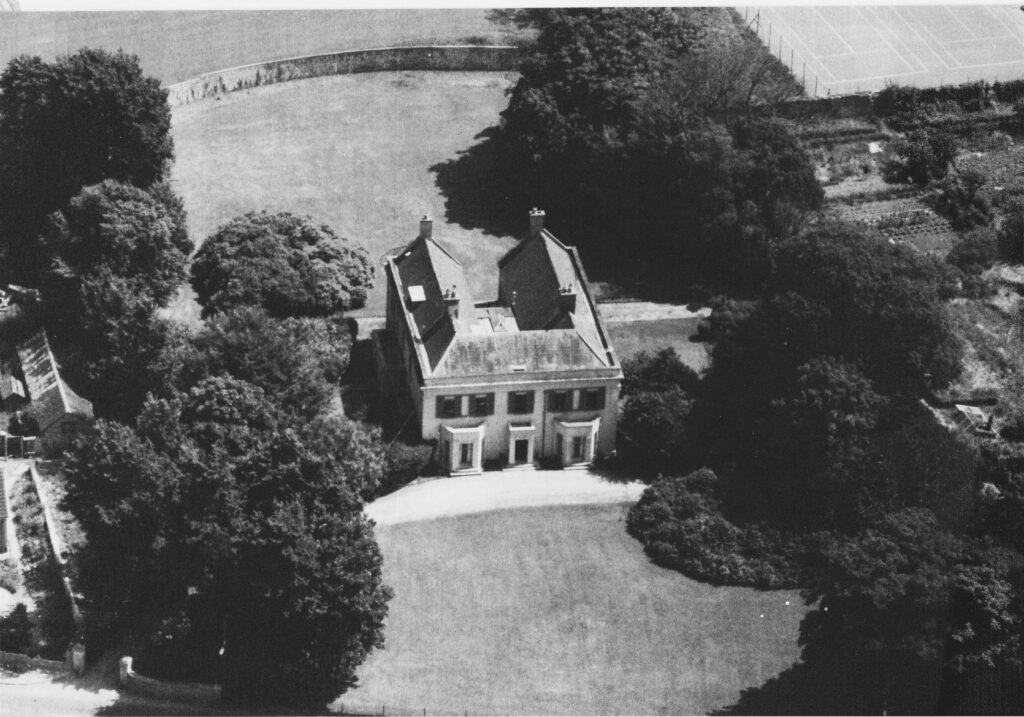by Jeny Butler
With acknowledgement to ‘The Book of Axminster’ by Angela Dudley and our own church records, some of which might be open to reinterpretation. (first published in the church magazine Issue 18, Autumn 2017)
In the 16th Century, the manor of Axminster was acquired by the Catholic Petre family and added greatly to what was already their large ownership of land in the West Country. In far-away Essex, Robert Petre was born in 1742 and became the head of his wealthy family, succeeding to the title as 9th Baron Petre.
Fear and some animosity were shown nation-wide towards Catholics in the 18th and early 19th century, exemplified by the Gordon Riots of 1780. However Lord Petre in Essex was both the senior Roman Catholic layman in England and, for a year, Grand Master of the nation’s Freemasons.

Amos Callard, an attorney, was Steward of the Petre estate in Axminster and Hilary House was built for him in 1761. In 1763 he sold it to his successor John Knight, another attorney who added a chapel and brought a Catholic priest to live with him and his family. Mass was celebrated at Hilary House for nearly seventy years. Meanwhile responsibility for the estate had passed to others, the last but one being Henry Knight an Axminster solicitor who, in 1790, built as his main residence Terrace Lodge (now known as Pippins) on the Lyme Road.
In 1801 both John Knight and Lord Petre died. John’s son William moved into Hilary House, his widowed mother Sarah living with him until at least 1850. In 1861 the house was demolished and re-built, occupied in succession by two retired senior naval officers and then, approximately 1902-1939 by a last family resident, William Henry Barns Knight.
After the Catholic Emancipation Act was passed in 1829, Axminster’s first Catholic Church since the Reformation was built. Several members of the Knight family funded the construction and Henry and his brother Charles covenanted £73 towards the £80 stipend for the priest. St Mary’s Catholic Church opened for public worship on the Feast of the Assumption 1831. Henry died on 10th May 1858 aged 79.
Henry Knight’s eldest son was also named Henry. He was educated at Stonyhurst and from 1853 lived at Cloakham House until his death in 1894. He was the main benefactor when in 1861 the original church was pulled down and replaced by the present building.
The adjoining school was at that time built as just one room measuring 25ft by 20ft.. The first occupant of the new presbytery was Father John Toohey, who served the church for 37 years and is buried close to the west wall. Particular family benefactors of the church include Mary Loveridge (died 1886), who donated the Sacred Heart statue, and Emily Mary Frances Langran, who donated the Stations of the Cross.
The Knights in Axminster were a very respected and influential family. After the new church was built, many members of the Knight family were buried in the churchyard and several windows in the church are dedicated to their memory. Three plaques are also seen in the Minster church.
Julia Frances Knight was sacristan for many years and lived with her sister Mary in Loretto Cottage, opposite the church in Lyme Road. On Julia’s death in 1902, at her express wish, a community of teaching nuns of the Sisters of Charity occupied her cottage and took charge of the school. They were succeeded by Sisters of Mercy in 1910, who in their turn left in 1924. The last descendant of the Knight family to live in the parish was Aidan Charlesworth born in 1933. He was a grandson of Emily Langran and latterly Treasurer of St Mary’s School. Several parishioners in the parish will remember Aidan before he died in 2004.
Hilary House was sold and pulled down in 1972, and since replaced with a development of spacious bungalows. After 17 years of country life on the edge of Axminster, we now have the joy of living in the grounds of Hilary House with a small stone garden building which may be the only standing part of the original house. From our bungalow we can walk in the footsteps of the Knight family to St Mary’s church. I can sit in my garden imagining how it would have changed over the last 250 years and give thanks for the energy and resourcefulness of the Knight family who brought the Catholic faith to our doorsteps.